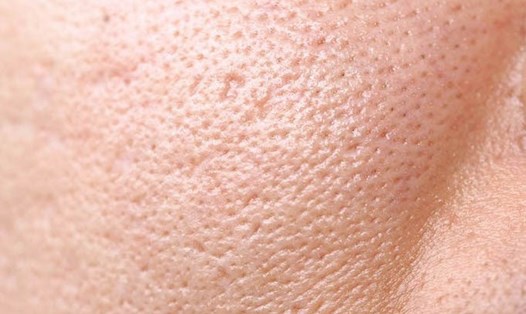What are whiteheads?
Whiteheads are a type of acne that occurs when pores or hair follicles become clogged with oil (sebum), dead skin cells, and bacteria. “They appear as small, white or flesh-colored bumps on the skin’s surface and are non-inflammatory,” says cosmetic dermatologist and skin specialist Dr. Jatin Mittal.
Whiteheads develop when the material in the pore becomes clogged and trapped beneath the skin's surface, unable to be exposed to air. They often appear on areas of the body that produce a lot of oil, such as the face, especially the nose.
Causes of whiteheads on the nose
Whiteheads on the nose are caused by a number of factors related to oil production and clogged pores. The nose, along with the forehead and chin (which make up the T-zone), are particularly prone to whiteheads because they have a higher concentration of sebaceous glands.
Here are some reasons:
Excess oil: The nose produces more oil than other areas of the face, increasing the risk of clogged pores.
Dead skin cells: When not exfoliated regularly and properly, they can build up in pores, mixing with oil and bacteria to form whiteheads.
Hormonal fluctuations: Hormonal changes, especially during puberty, menstruation, and pregnancy, can increase sebum production, leading to more whiteheads.
Cosmetics and skin care products: Some cosmetics that are not suitable for your skin can cause acne by clogging pores, especially in oily areas of the face such as the nose.
Diet: A diet high in refined sugar, dairy, or fatty foods can cause skin problems, including whiteheads.
Environmental factors: Pollution, humidity and exposure to dirt can contribute to the build-up of impurities on the skin.
Improper cleansing: Not cleansing your skin regularly or thoroughly can cause dirt, oil, and dead skin cells to clog pores.









